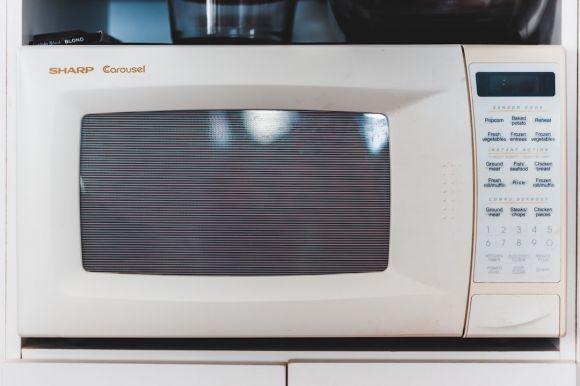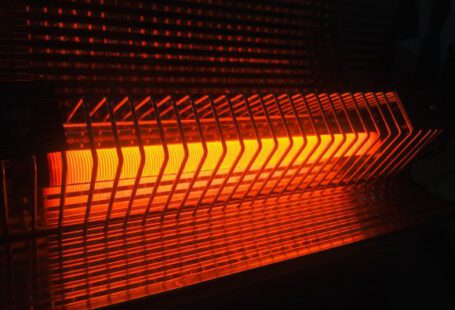Microwaves have become an indispensable appliance in most kitchens today. They offer a quick and convenient way to heat up food, defrost frozen items, and even cook entire meals. But have you ever wondered how exactly microwaves work? In this article, we will explore the fascinating science behind microwaves and how they use electromagnetic radiation to heat our food.
Understanding Microwaves
Microwaves are a form of electromagnetic radiation, just like visible light, radio waves, and X-rays. However, their wavelengths are much longer than those of visible light, ranging from about one millimeter to one meter. These longer wavelengths allow microwaves to pass through certain materials, such as glass and plastic, while being absorbed by others, such as food.
The Microwave Oven
The microwave oven is designed to generate microwaves using a device called a magnetron. The magnetron sends out microwaves into the oven’s cavity, where the food is placed. The microwaves bounce off the reflective walls of the oven, ensuring that they are evenly distributed and absorbed by the food.
Microwave-Safe Containers
It is worth noting that not all materials are suitable for use in a microwave oven. Metals, for example, reflect microwaves and can cause sparks or even damage the oven. Similarly, certain plastics can release harmful chemicals when heated. Therefore, it is essential to use microwave-safe containers, usually made of glass, ceramic, or microwave-safe plastic, to ensure safe and effective heating.
How Microwaves Heat Food
Unlike conventional ovens that heat food from the outside in, microwaves heat food from the inside out. When microwaves pass through food, they cause the water molecules in the food to vibrate rapidly. This vibration generates heat, which then spreads throughout the food. This is why microwaved food can sometimes be hotter on the inside than on the outside.
Uniform Heating
One of the advantages of using a microwave oven is its ability to heat food quickly and evenly. This is because microwaves can penetrate deep into the food, ensuring that the entire dish is heated uniformly. In contrast, conventional ovens rely on conduction and convection, which can result in uneven heating and hot spots.
Cooking with Microwaves
While microwaves are often associated with reheating leftovers or defrosting frozen food, they can also be used for cooking. Many microwave ovens come with various cooking modes, such as defrost, popcorn, and even grill. However, it is important to keep in mind that not all foods can be successfully cooked in a microwave. Foods with high water content, such as vegetables, rice, and fish, tend to fare well in a microwave. On the other hand, foods that rely on browning or require a crispy texture, like bread or pizza, may not be as successful.
Safety Considerations
When using a microwave oven, it is crucial to follow safety guidelines to prevent accidents and ensure the longevity of the appliance. For example, it is important to avoid overloading the oven, as this can cause uneven heating and potentially damage the magnetron. Additionally, never use metal objects or containers in the microwave, as they can cause sparks and fires.
In conclusion, microwaves are a marvel of technology that harnesses the power of electromagnetic radiation to heat our food quickly and efficiently. By understanding the science behind microwaves, we can make the most of this convenient kitchen appliance. So the next time you heat up your leftovers or defrost your frozen dinner, remember the fascinating world of microwaves that make it all possible.





